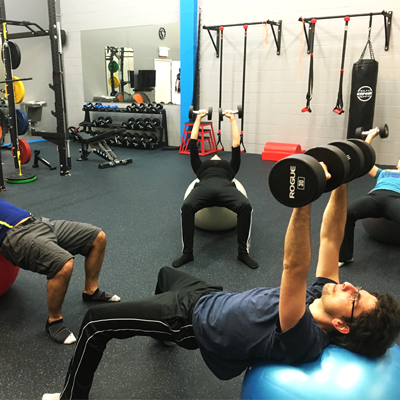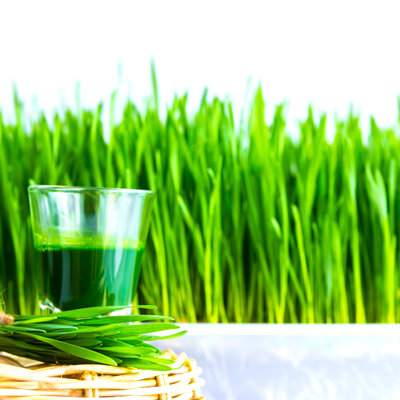If you are a health conscious person always looking for whole grain products, you need to know what a whole grain actually is because if you don’t it becomes easier for you to be manipulated by the food industry. So to begin let’s quickly cover the anatomy of a grain so that we know what we’re talking about.
A whole grain is the entire seed of a plant and we call it a kernel. And a kernel consists of 3 parts. The bran is the outer skin. It contains antioxidants and B vitamins but it’s mainly recognized for providing the fiber in your diet. The endosperm is the largest part of the kernel. It contains mainly starchy carbohydrates, proteins, and a very small amount of vitamins and minerals. If the bran is where you get your fiber then the endosperm is where you get your calories. When you buy white bread or white flour or white anything, it’s essentially just the endosperm part of the kernel.
The germ, or embryo, is the fetus- the baby- that can grow or sprout into a new plant. So this part represents the beauty of the cycle of life, and it’s the most nutritious part. It contains a rich amount of B vitamins, which is something that most of us are missing from our diets today, and it also provides us with protein, minerals, healthy fats and phytonutrients.
And so to answer the question: a whole grain is one that contains all 3 of its parts – the bran, the endosperm, and the germ- exactly as a grain would be in it’s natural state growing in the open fields.
So now let’s tackle some myths surrounding “Whole Grains.”
Myth 1: When a food label on a package says “100% Whole Grain” it means that it contains whole grains.
This is absolutely false. Here is exhibit A. These are oats. Here is exhibit B. These are cheerios. And cheerios, according to the label, are made from whole oats. Now look at these two pictures. It’s like looking at a brother from another mother. I don’t think anybody needs me to go into the details of the processing, and all the added man made chemicals that go into making commercial cereal products sold in boxes. I hope you can see the difference just by looking at these pictures. One of these provides us with great nutrition and energy, and the other one our body doesn’t even recognize as food.
So how are all of these supposed “whole grain” cereals and breads that you buy made? Well, they are processed, broken down into what we call flour, and at this point the bran and the germ is removed and this helps to extend the shelf life of the product. But the result is almost a complete loss of nutrients, including fiber, phytonutrients, minerals and vitamins. And after the nutrition is sucked out of the grain, some portions of the bran are re-introduced, along with some binders like corn or wheat starch, and some form of sugar is added, and they usually add yeast to make it puff up so that the final product looks bigger than it really is- and that’s good for business. But yeast and sugar-I mean that’s a lethal combination if I’ve ever seen one. And then they cook it at high temperatures, and the final product is sprayed with synthetic chemicals that are supposed to replace the naturally occurring nutrients that were once in the grain, but then lost through the processing.
So, in short, they remove all the natural nutrients, and they introduce man-made vitamins that are perceived as toxins by the human body. And so then you go to the local health store and you pick up some bread or a cereal box, and you flip it over to read the ingredients- because you are a mindful and health conscious consumer – and you see that it says 100% whole grain. And so you toss it into your cart and you keep shopping. Well, you’ve been conned. In many instances it’s actually 100% legal for the food industry to deceive you with false labelling. It is another example of wide scale manipulation and a true disregard for human health. And that’s especially true for children because mothers and fathers are often unknowingly buying commercial kid cereals that surely lead to food addictions and health challenges in the future. The facts are important and I urge you not to negotiate these facts, especially when it comes to your children’s health.
Now let’s tackle one more myth when it comes to grains.
Myth 2: You are gluten intolerant.
Ok, this isn’t exactly a myth because you may be gluten intolerant- but chances are you’re not. Most people aren’t, but everybody, everybody is processed food intolerant. The synthetic man made chemicals that are found in enriched or fortified breads and cereal products do harm your health, and you may feel these harmful effects immediately, or slowly over time as your body weakens from constant abuse. You see, when you consume a whole grain, specifically a sprouted whole grain such as what we offer to our clients, all of the nutrients work in perfect synergy in a way that leads to excellent nourishment and easy digestion. But if you eat grains that were processed into flour, and which have had any of their parts removed, your body doesn’t recognize it or know exactly what to do with it. Eating processed food is like sending a parcel through the mail service without including a zip or postal code. It just causes confusion and stresses the system.
So don’t jump the gun into thinking you are gluten intolerant. Many people who think they are gluten intolerant realize they’re not once they begin eating raw, sprouted whole grains. And they feel amazing when they eat sprouted grains. They experience great energy and better digestion.
All breads in their original form were once made from sprouted grains. Not processed flour with added synthetic chemicals, sugars and yeast. When you sprout a grain it becomes so easy for the body to digest, it is very nutritious, and in it’s raw form a sprouted grain is more like a plant- because that’s what it does- it grows to become a plant- you can water a cheerio all you want and it’s never going to grow into anything. It’s not a whole grain. It’s not good for your health. Which brings us to our final myth.
Myth #3: So called “whole grain” products with “added fiber” are good for your health.
Absolutely False! Scientific studies have always shown that the benefits of eating fiber rich foods are not seen when fiber is created synthetically or isolated on its own without the rich array of vitamins, antioxidants and plant chemicals that are naturally found in a whole grain. In other words, the health benefits of fiber are only apparent when the food that contains the fiber is consumed in its entirety. So isolating parts of a whole food and then attempting to bring them back together synthetically does not produce a product that is good for your health. Science has always known this. In fact, in the 1930s Dr. Royal Lee warned that if we began processing whole foods and adding synthetic chemicals to the things we eat, we would be leading ourselves to a culture of disease. And he was right.
So if you want to eat foods that can help prevent colon cancer, or help with cardiovascular health, you need to consume real food, not synthetic chemicals. And you have to ask yourself why food companies are allowed to make such health claims on their products despite scientific evidence showing the contrary.
So In conclusion, there is only one form of whole grain, it includes the whole kernel untouched, which means the bran, the endosperm, and the embryo. It is not processed into a flour. Synthetic chemicals, sugars and yeast are not added to it and, ideally, it is sprouted and eaten raw for excellent nutrition, easy digestion and health benefits.
Marc Jaoude
Health Educator
Nutrition & Exercise Specialist
————————End of Transcript————————







